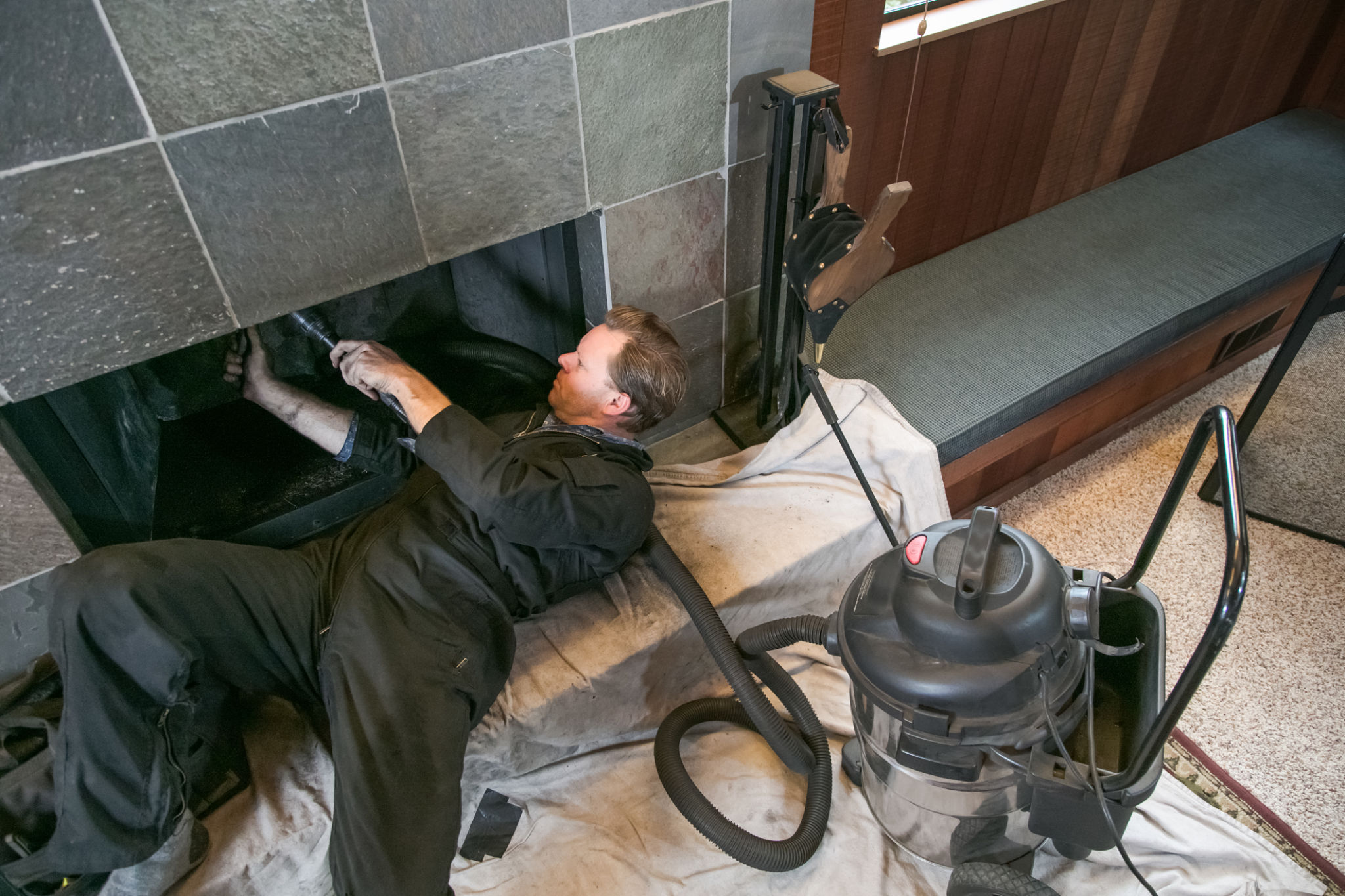Top 5 Common Gas Fireplace Issues and How to Fix Them
Introduction
Gas fireplaces have become a popular choice for homeowners seeking the warmth and ambiance of a real fire without the hassle of wood. However, like any appliance, they can encounter issues over time. Understanding common problems and knowing how to address them can save you time and keep your fireplace functioning efficiently.
Pilot Light Problems
What Causes Pilot Light Issues?
The pilot light is crucial for igniting your gas fireplace. If it goes out frequently, it might be due to a dirty pilot orifice, a faulty thermocouple, or even drafts. Regular maintenance can help prevent this issue.
How to Fix It
Start by checking the pilot light and cleaning any visible debris. If that doesn't work, a replacement of the thermocouple might be needed. For persistent issues, consider consulting a professional to ensure safety.

Faulty Ignition
Common Causes
If your gas fireplace refuses to ignite, it could be due to an electrical problem, a clogged burner, or even a malfunctioning ignition switch. These issues often stem from general wear and tear.
Steps to Resolve
Inspect the ignition system for loose wires or connections. Cleaning the burner can also help. If these steps don't resolve the issue, contacting a technician is advisable for further inspection.
Unusual Odors
Identifying the Source
An odd smell emanating from your gas fireplace can be alarming. This could be due to dust accumulation, gas leaks, or even burning debris. It's essential to address any unusual odors immediately.
Remedial Actions
Begin by thoroughly cleaning the fireplace and ensuring proper ventilation. If the odor persists, it might indicate a gas leak, which requires immediate professional attention to ensure safety.

Soot Buildup
Understanding Soot Accumulation
Soot buildup is a common issue with gas fireplaces and can result from incomplete combustion or using non-recommended logs. This not only affects the appearance but can also impact air quality.
Cleaning and Prevention
Regularly clean the glass and interior components of your fireplace. Ensure that you are using the correct type of logs and maintain proper airflow. These steps can significantly reduce soot accumulation.

Remote Control Failures
Potential Causes
A non-responsive remote control can stem from dead batteries, signal interference, or even faulty components. Ensuring your remote control is functioning is key to convenient operation.
Troubleshooting Tips
Start by replacing the batteries and checking for any obstructions between the remote and the receiver. If the problem continues, reprogramming or replacing the remote may be necessary.
Conclusion
While gas fireplaces offer convenience and comfort, they require regular maintenance to function optimally. Addressing these common issues promptly not only enhances their performance but also ensures safety in your home. For any persistent problems, seeking professional assistance is always recommended.